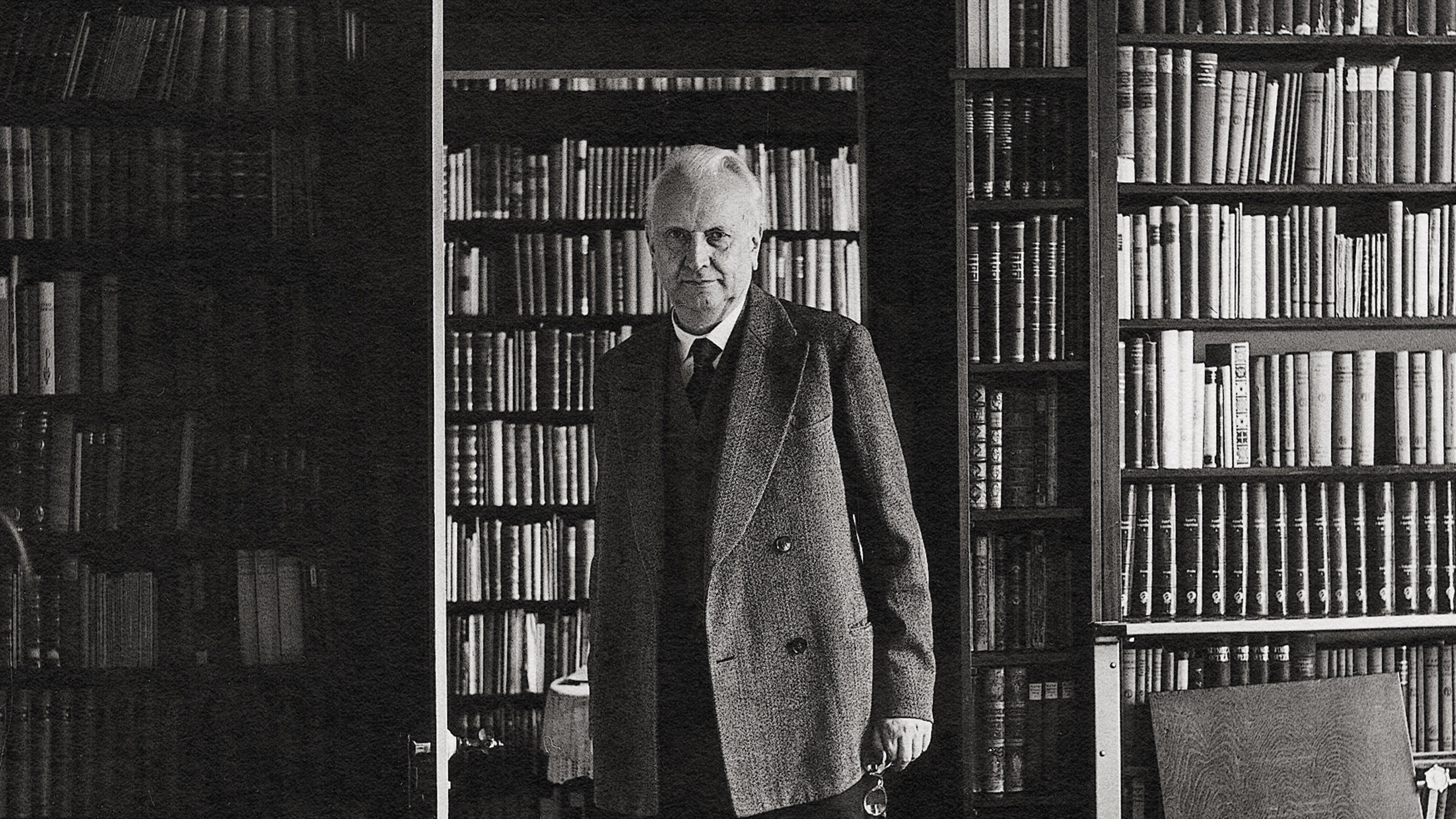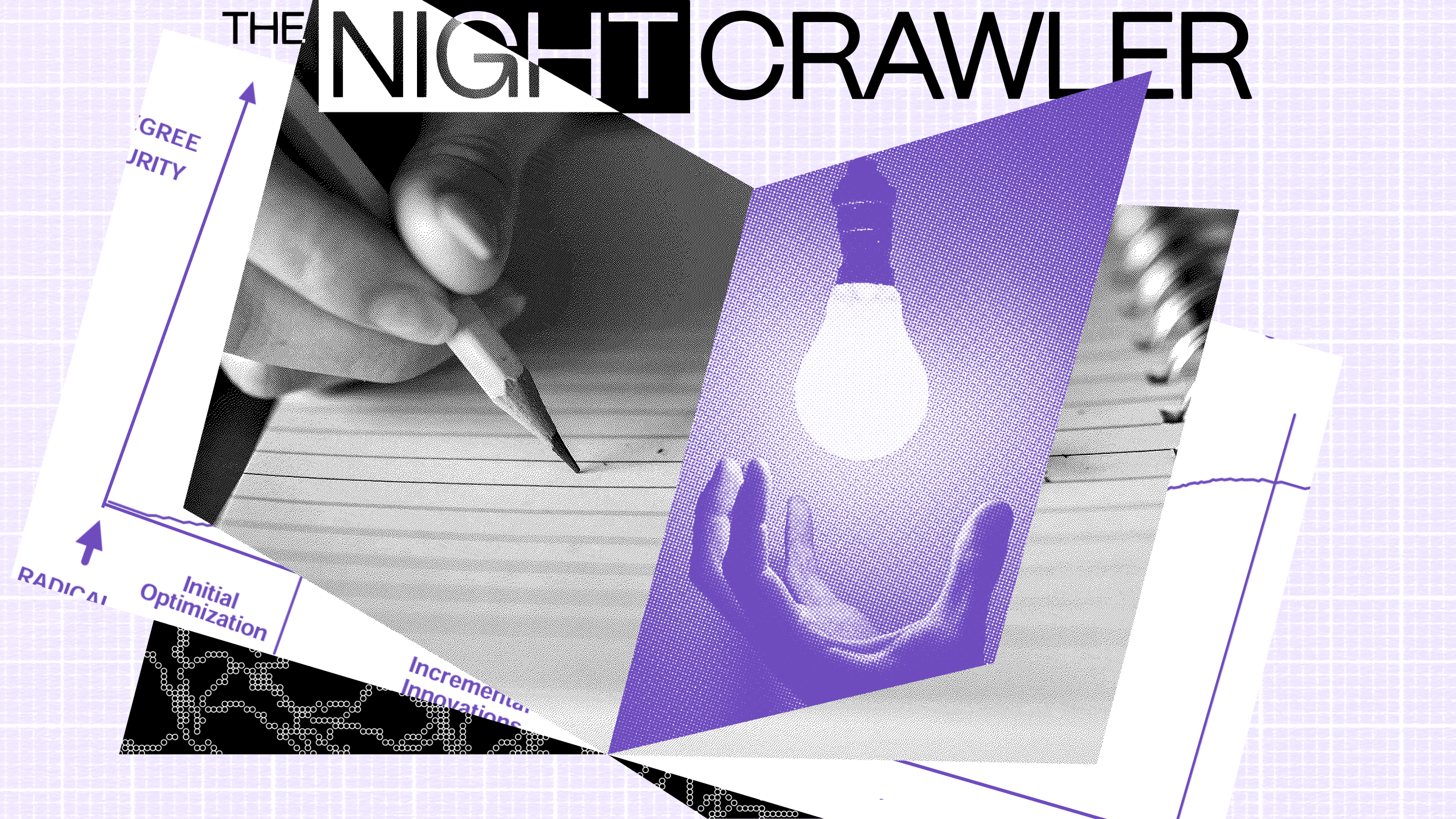Why the “extremophyte mindset” is crucial to lasting success

- In the mid-1950s Kutol transformed looming bankruptcy into huge profits by pivoting from wallpaper cleaner to a kids’ toy: Play-Doh.
- Kutol epitomized the “extremophyte mindset” — after the term for extremely resilient plants — by seeing crises as integral to progress.
- The hidden value of crises is hiding in plain sight: leverage short-term failure to ensure long-term success.
In the early 1950s, Kutol faced a severe crisis. The market for its primary product, a wallpaper cleaner, was collapsing. Beginning in 1940 and accelerating into the early 1950s, natural gas was replacing coal as the primary heating source for homes. This resulted in cleaner air — and cleaner walls. Cleaner walls meant lower sales for Kutol. By 1955, the company teetered on bankruptcy.
Enter Kay Zufall, a nursery school teacher and the sister-in-law of Joseph McVicker, the son of Kutol’s owner. Zufall suggested a somewhat improbable idea: the non-toxic wallpaper cleaner was fun for kids to play with. With some rebranding and marketing effort, she suggested, the wallpaper cleaner could be molded into something else entirely… a kids’ toy.
Desperate to save the company, McVicker gambled on the suggestion. In 1956, he launched the product, reconfigured as a kids’ toy.
He called it “Play-Doh.”
The gamble paid off — spectacularly well. By 1958, just two years after its launch, Play-Doh sales had reached $3 million (equivalent to about $35 million today). The company was back on track. A decade later, in 1965, McVicker sold Play-Doh to General Mills for an undisclosed sum. The pivot not only saved the business but made it stronger than ever. McVicker epitomized the adage, “never let a good crisis go to waste.”
The lesson for any modern executive or investor is clear: Kutol effectively leveraged its worst crisis (i.e. facing bankruptcy) into an entirely new market opportunity. The legacy of its company culture — a culture that embraces failure — has fostered genuine durability over the long-term. Since the 1950s, Kutol has survived nearly a dozen recessions, a factory-destroying fire in 1979, the 2008 economic collapse, and the COVID-19 pandemic. Today, in its 112th year, Kutol remains family-owned and operational.
Eli Lilly, the 148-year-old pharmaceutical company, used to hold “failure parties” to celebrate exemplary scientific work that ultimately ended in failure.
This story highlights a counterintuitive and perhaps somewhat controversial idea in business: it is failure — not success — that creates the underlying resilience necessary to thrive over the long term. By exposing weak points within a business, a crisis can create the imperative to grow and differentiate — while short-term success can obscure more existential long-term threats. Some companies intuitively understand this idea. For instance, Eli Lilly, the 148-year-old pharmaceutical company, used to hold “failure parties” to celebrate exemplary scientific work that ultimately ended in failure.
However, Eli Lilly is in the vast minority. Amy Edmondson, a Harvard Business School professor, has extensively studied “the science of failing well.” She has concluded that “the wisdom of learning from failure is incontrovertible… Yet organizations that do it well are extraordinarily rare.”
In reality, most modern businesses are not structured to embrace failure or crisis. Instead, business successes are celebrated, while failures are avoided. Social capital and status within organizations often prevent people from admitting mistakes, and the “sunk cost fallacy” leads to continued investment in failed projects. However, going against the grain is crucial for long-term survival — especially as company lifespans are declining.
In 1958, the average lifespan of a company on the S&P 500 was 61 years. Today, it is less than 18 years. A culture that embraces crisis and failure is a cornerstone of improving the odds of long-term survival. While it may seem paradoxical, failures are valuable because they provide insights that success often conceals. When a project or idea fails, it forces a reevaluation of assumptions, strategies, and goals.
This process of reflection and analysis fosters a mindset open to learning and growth. Crisis also encourages experimentation, risk-taking, and bold gambles — all of which are essential for long-term success. Some companies are particularly good at leveraging crises for growth — an idea that’s evident in nature.
In 2022, the Stanford biologist José Dinneny published research on why one particular plant grows faster in stressful conditions. As even the casual gardener knows, nearly all plants will die if they do not receive enough sunlight or water. However, the Schrenkiella parvula, a scrappy brush plant living on the shores of Lake Tuz in Turkey, not only survives in extreme conditions — it quite literally thrives.
This type of shrub is called an extremophyte: a type of plant that has evolved to flourish in harsh environments that would kill 99.9% of other plants. “Most plants produce a stress hormone that acts like a stop signal for growth,” Dinneny explains. “But in this extremophyte, it’s a green light. The plant accelerates its growth in response to this stress hormone.” By studying this resilient shrub, Dinneny and his colleagues aim to engineer other plants to withstand similarly stressful environments. They envision a world where crops can flourish in less-than-ideal conditions.
Just as extremophytes use stressors like salinity or drought to trigger growth mechanisms, businesses can use economic downturns, market disruptions, or internal failures to catalyze improvement.
The allegory for business leaders and investors is clear: adopt the “extremophyte mindset.” Learn to thrive not despite crisis, failure, or stress — but because of it. The extremophyte mindset involves viewing crises not as obstacles but as opportunities for growth. This perspective shifts the focus from merely surviving a downturn to leveraging it as a springboard for transformation. Just as extremophytes use stressors like salinity or drought to trigger growth mechanisms, businesses can use economic downturns, market disruptions, or internal failures to catalyze improvement.
Kutol’s strategic adaptation of their wallpaper cleaner to Play-Doh turned a potential disaster into a monumental success. Similarly, businesses that embrace the extremophyte mindset can find new pathways to success by rethinking and reinventing their strategies and products in response to challenges.
Ultimately, the extremophyte mindset teaches us that thriving in business is not about avoiding crises but leveraging them to become stronger and more innovative. The hidden value of crises is hiding in plain sight: leverage short-term failure to ensure long-term success. Just as extremophytes turn harsh conditions into growth, businesses can transform adversity into a catalyst for new opportunities.





